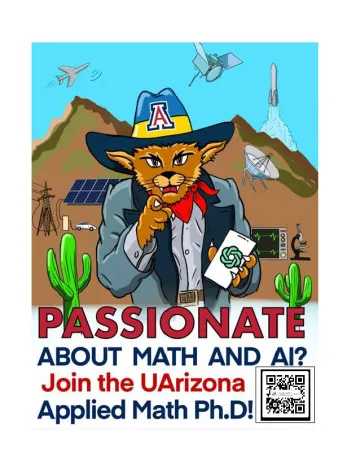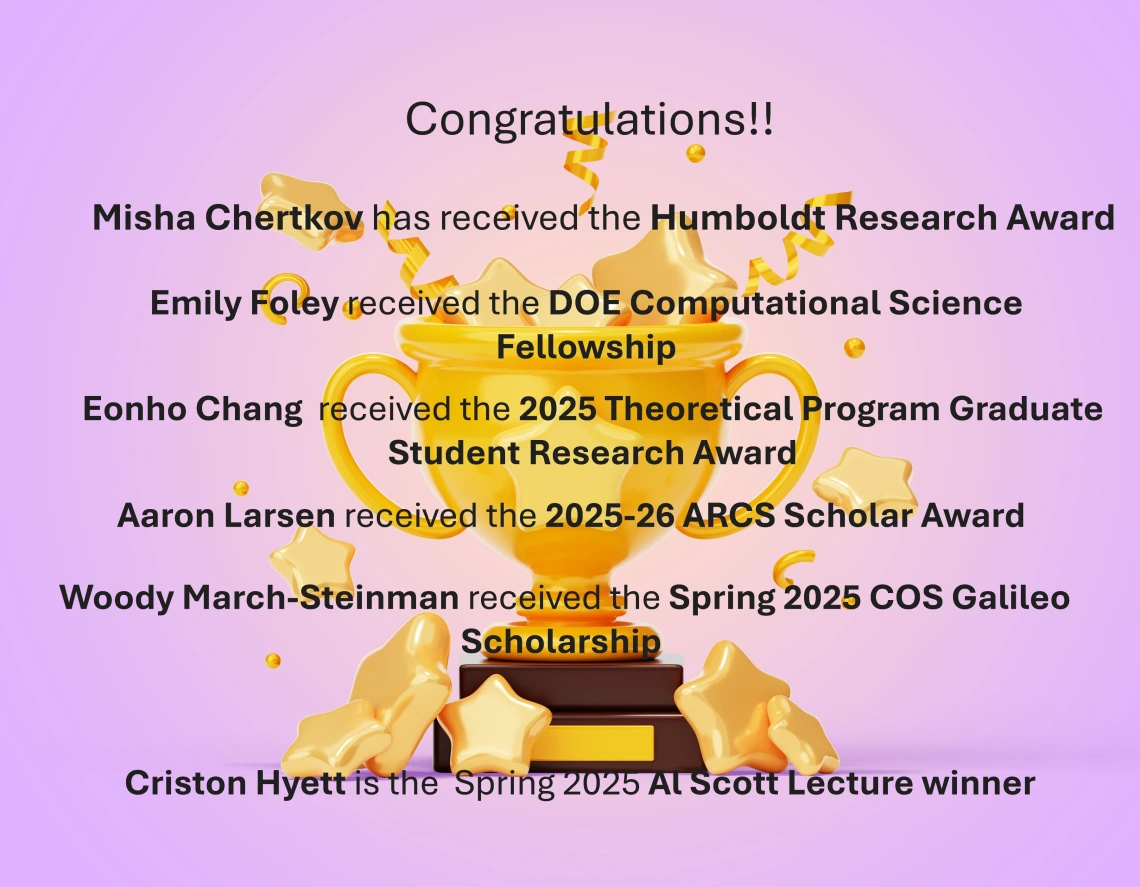
Welcome to the Interdisciplinary Program in Applied Mathematics!
Established in 1976, our program has steadily evolved into an esteemed interdisciplinary graduate initiative with recognition both on the national and international stages. The core strength of our program rests in our distinguished faculty members. Drawing from diverse academic fields - spanning mathematics, physics, biology, and engineering - they create a vibrant and dynamic learning environment for our students.
We welcome students with B.Sc. degrees in Mathematics, Physics, Engineering, and other STEM fields who possess a strong foundation, passion for, and a desire to enhance their mathematical skills in theory, methods, and applications.
Considering a Future in Applied Mathematics? If you're an aspiring graduate student keen on pursuing a PhD in Applied Mathematics, we believe our program can offer an enriching journey. Dive deeper: Current Student Research Projects, Request More Info, watch a Video about the Program, and Apply Now!
With warm regards, Michael Chertkov, Chair, Program in Applied Mathematics
Choosing Tucson: A Universe of Opportunities Awaits:
Traverse from Arizona-classic domains such as astronomy, optics, hydrology, and biomedicine to contemporary topics like AI, unveiling the expansive applications of mathematics. Begin by grounding yourself via core courses in the foundational principles with a blend of theory, methods, and algorithms. As you advance, tailor your studies with your research inclinations.
Commitment to our students goes beyond just academics. Not only do we provide them with teaching opportunities spanning various levels, but we also ensure mentorship and support as they embark on research assistantships. And with a diverse array of over 120 professors, students are spoilt for choice when selecting an advisor.
Our strong ties with both national and industrial labs facilitate invaluable hands-on research opportunities for students. These experiences often start with internships and blossom into lasting partnerships. Armed with this knowledge, hands-on experience, and backed by our network of collaborations, students find themselves poised for a range of career prospects, from academia and cutting-edge tech industries to national laboratories.
Upcoming Events



